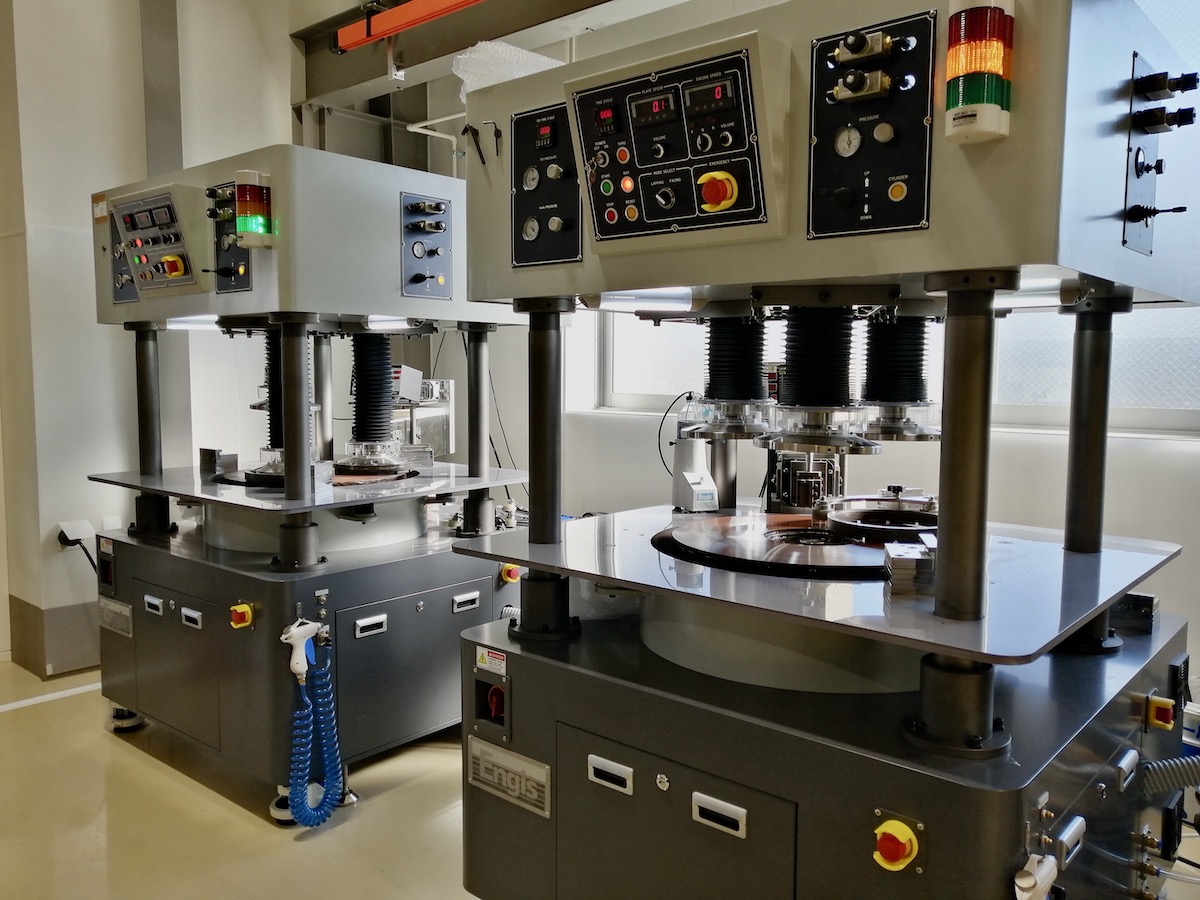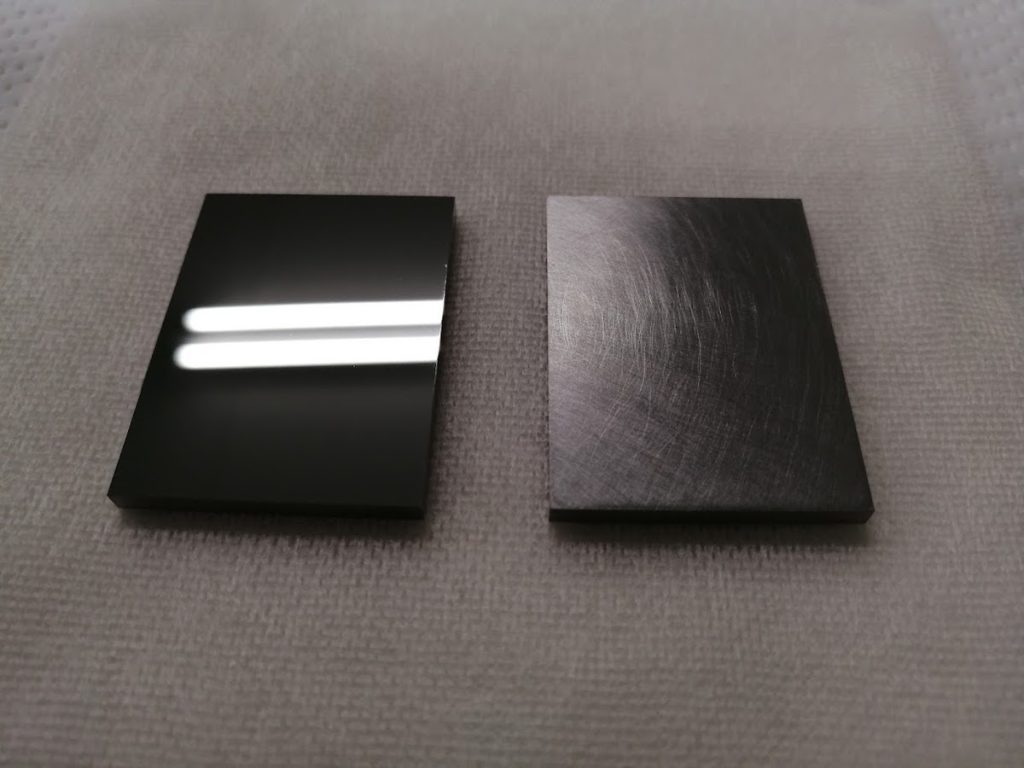
Principle of polishing process
Here, we will explain the principle of polishing.
Please also refer to the “polishing” page for the polishing process performed by TDC.
Contents
Principle of polishing process
Polishing is a processing technique that removes irregularities on the surface of a product using abrasive grains. Since it can be adjusted in um (micrometer) and micron units, it is often used in the final process of product processing.
In order to understand the principle of polishing, let’s take a look at the two processing principles of “lapping” and “polishing”, which are typical polishing methods using the free abrasive grain method.
Wrapping processing principle
Wrapping is a mechanical processing method called wrapping that microcuts or microdestroys the surface of an object that comes into contact with a machining tool. The processing principle is the same as polishing processing, which is free abrasive grain processing using abrasive grains and suspension.
Sliding motion is performed with a large number of free abrasive grains, so-called abrasives, contained in the work piece, and the work piece is polished while being finely cut to finish the work piece flatter.
It is characterized by being able to polish products uniformly and stably, and is a technology that is often used in the semiconductor and optical fields where ultra-precision processing is required.
Polishing processing principle
Polishing generally refers to finishing that flattens and soothes the surface of the work piece. Therefore, it is a delicate processing method that requires higher accuracy than lapping processing.
The processing principle is the same as lapping processing, free abrasive grain processing is used, and polishing is performed using fine abrasive grain slurry or soft polisher.
In recent years, higher accuracy, higher efficiency, and lower cost have progressed, and new polishing methods that incorporate energy saving and ecology have been developed and put into practical use one after another.
Since the product is polished using fine abrasive grains and soft pads, one of the features is that mirror processing can be performed without generating scratches, cracks, or a processing alteration layer.
Click here for TDC polishing and polishing
What is the difference between lapping and polishing?

Photo: Image of Ra 0.001 um of stainless steel finished by polishing (left photo) and Ra 0.2 um finished by lapping (right photo).
The main differences between lapping and polishing are as follows.
The main differences between lapping and polishing are as follows.
| Method | Abrasive grain used | Specifications Tools | Processing purpose |
| lapping | Coarse abrasive grains (Several um or less) |
Hard tools | High efficiency machining ・ Ensuring dimensional accuracy and shape accuracy |
| polishing | Fine abrasive grains (Several um or less) |
Soft tools | Surface roughness reduction / mirroring / processing alteration layer miniaturization / removal |
Lapping polishing is a polishing method that enables speedy and efficient polishing by using coarse abrasive grains of several μm or more and hard tools for metals and ceramics.
On the other hand, polishing polishing uses soft tools such as fine abrasive grains of several um or less and synthetic resin, and is mainly used for the purpose of smoothing and smoothing the surface roughness after lapping polishing and grinding. Therefore, it is often performed as a finishing process to make unevenness smoother.
If you would like to know more about the principle of polishing, please contact TDC
Please feel free to contact TDC. if you have any concerns about precision processing, such as not knowing the principle of polishing processing or what kind of polishing technology should be used.
TDC has accumulated unique technological development and know-how in various processing, and can handle and consult with all types of processing.
We will respond to all precision processing requested by our customers, so please feel free to contact us.
with nano-level precision polishing.
and production from single units to mass production.
- Precision lapping service / ultra precision lapping service
- Polishing service
- What is Grinding
- What is cutting
- What is a chuck table? | Basic information and description of types, Processing accuracy at TDC
- Copper polishing
- Polishing after thermal spraying
- Sapphire polishing
- Polishing of plastic/acrylic resin
- Polishing after surface treatment/coating
- Symbol used for polishing
- Polishing of SiC
- Polishing of titanium
- Cylindrical grinding/cylindrical polishing
- Type of polishing process
- What is the accuracy that can be achieved by polishing?
- Principle of polishing process
- Polishing process for Resin
- Metal polishing process
- What is CMP
- What is polishing?
- About Lapping and Polishing
